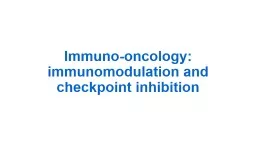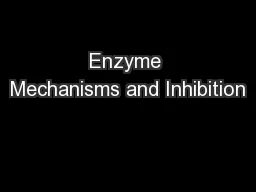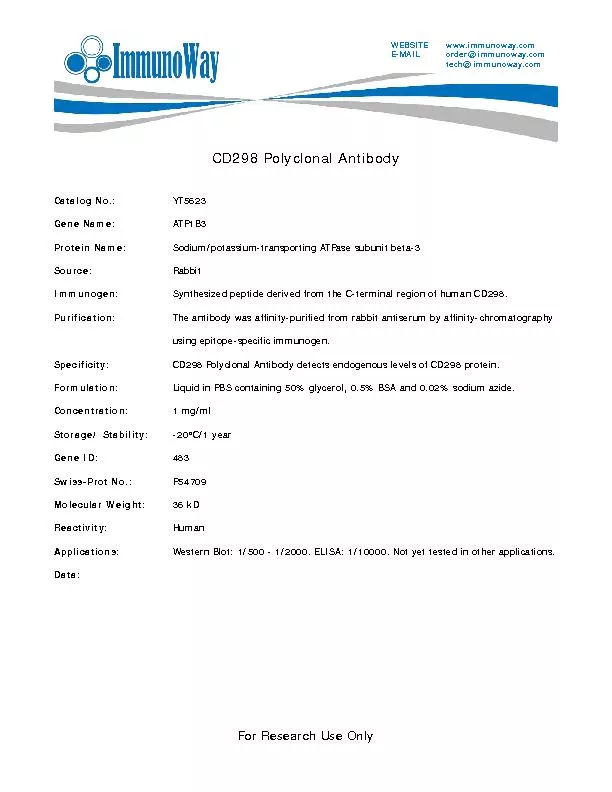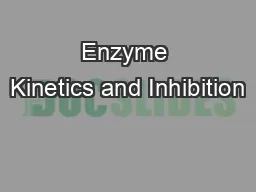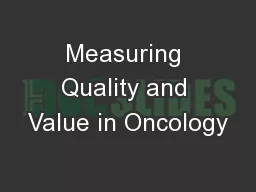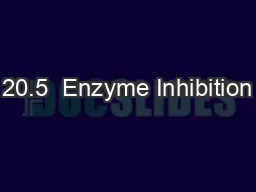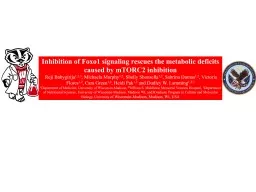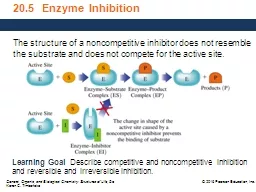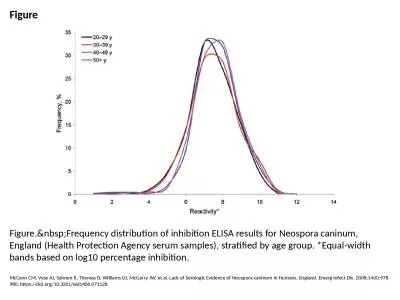PPT-Immuno-oncology: immunomodulation and checkpoint inhibition
Author : oryan | Published Date : 2022-04-07
Introduction Cancer immunotherapy aims to generate or augment an immune response unlike conventional treatments that directly target features of cancer cell growth
Presentation Embed Code
Download Presentation
Download Presentation The PPT/PDF document "Immuno-oncology: immunomodulation and ch..." is the property of its rightful owner. Permission is granted to download and print the materials on this website for personal, non-commercial use only, and to display it on your personal computer provided you do not modify the materials and that you retain all copyright notices contained in the materials. By downloading content from our website, you accept the terms of this agreement.
Immuno-oncology: immunomodulation and checkpoint inhibition: Transcript
Download Rules Of Document
"Immuno-oncology: immunomodulation and checkpoint inhibition"The content belongs to its owner. You may download and print it for personal use, without modification, and keep all copyright notices. By downloading, you agree to these terms.
Related Documents

